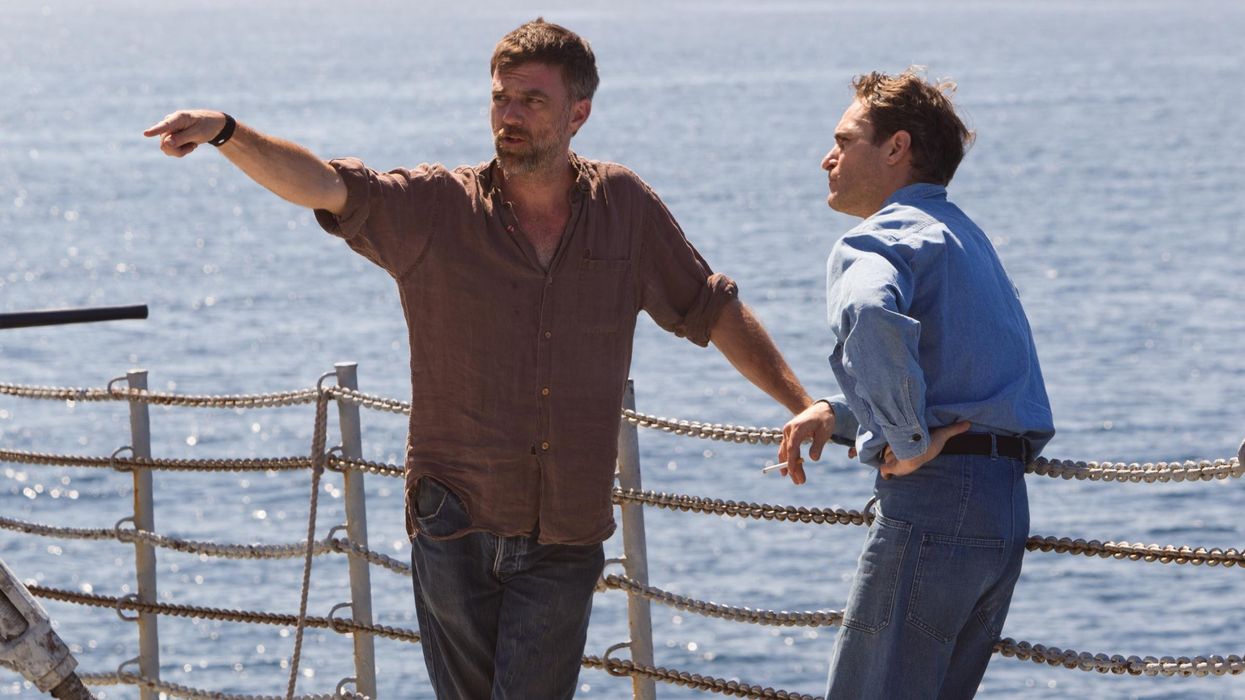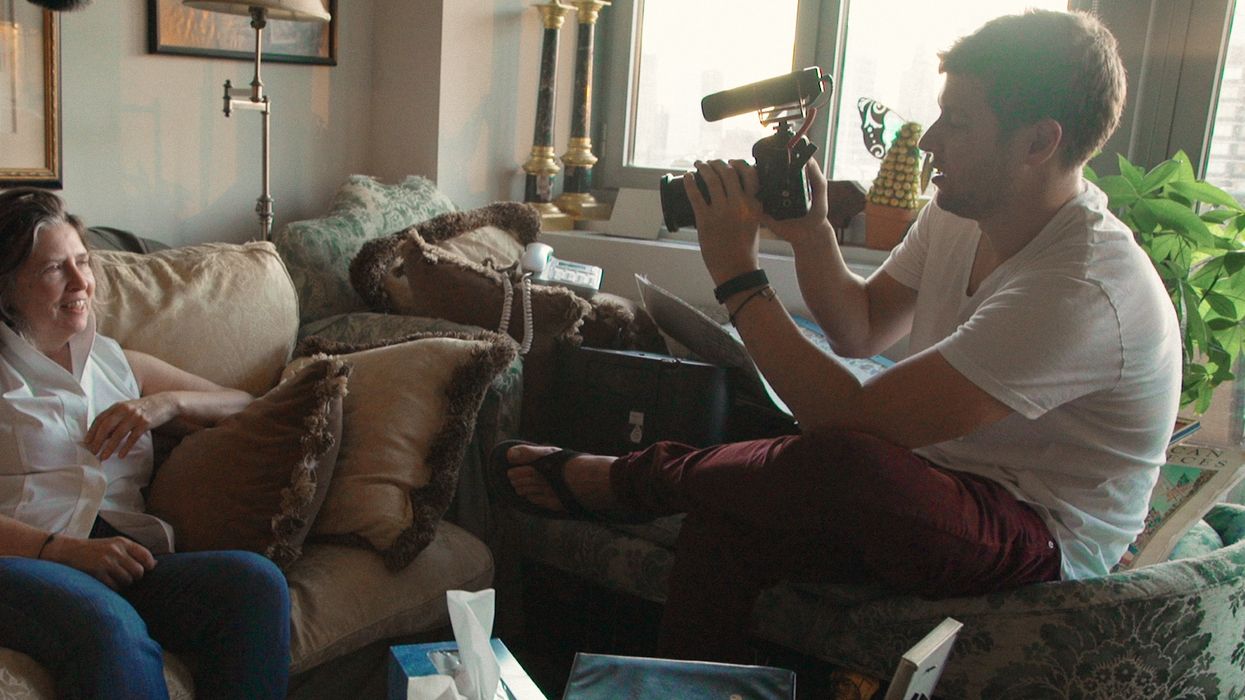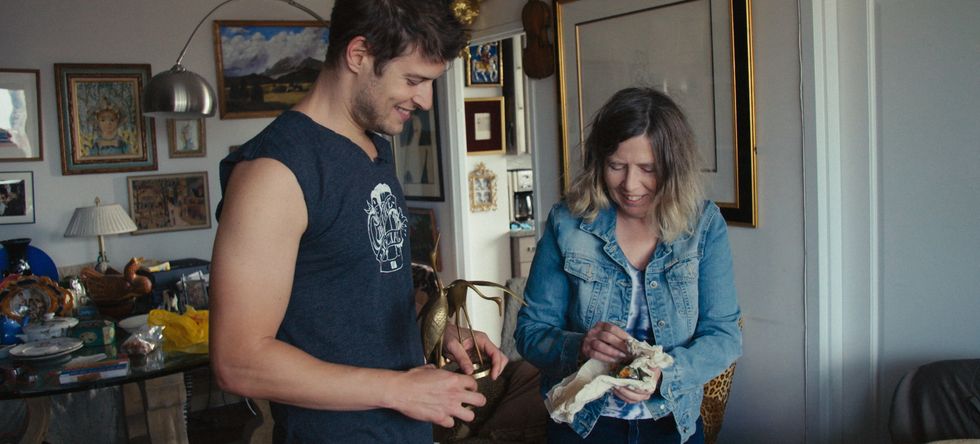4 Lessons Paul Thomas Anderson Can Teach You About Directing
Paul Thomas Anderson is always a wealth of information when it comes to directing. Here are a few things you can learn from his work on "The Master".

It's a gift and a joy to live in the time of Paul Thomas Anderson. The director seems to always be planning and choosing his projects one thought process at a time.
His meticulous nature and determined outlook were never more evident than in his work on The Master.
The Master is a strange and beautiful movie about the will of the human spirit and the lengths we go to form not only control over ourselves but control over others.
Today, I want to go over a few directing tips from Paul Thomas Anderson from The Master and see how you can use them in your next projects.
Check out this video from The Director's Cut and let's talk after the break.
4 Lessons Paul Thomas Anderson Can Teach You About Directing
PTA is an interesting figure within cinema. When he has a vision, he goes for it. And we're all along for the ride. The Master is one of his favorite projects, but he hasn't spoken that much about it publicly.
Lucky for us, the aforementioned video encapsulated lots of his feelings about the movie.
So how did he even circle the idea?
Anderson told this to Vanity Fair:
“If you start with the big thing, it's like trying to throw your arms around the world. The goal should be, for me, to create these people, or help in their creation. And get them talking to each other, or get to the point where you're not in charge of them. They're in charge of you. You're just servicing whatever their needs are. For me, as a writer, you try to force them to go some way. Maybe over here for a car chase or something, they don't want to go that way, and at its best, you're letting these characters start to speak and guide a story. Whatever falls off from there is the story.”
So in the spirit of that quote, let's get into his directing tips!
1. Creation moments are fleeting - strike when inspiration hits you.
One of the best lessons from PTA is that inspiration can be fleeting. When he had this story running through his head he knew he had to be the one to write it.
He also knew that it would go away fast.
So, PTA sat and really worked through the story. He worked fast, but efficiently, making lists of his ideas, scenes, and other useful tools.
The main takeaway is that he embraced the notion.
When you have inspiration, make sure you write it down!
Leave post-it notes by your bed, get a Moleskin, and use an app if it helps.
2. Your first job is to be a great writer (or to work with one).
If you're trying to be a writer/director or any other multi-hyphenate, put writing at the top of your list of priorities. PTA does not rush into any project until he feels entirely comfortable with the script.
He does this because he knows the script is the foundation for his direction and the start of where his actors begin to create characters.
So, don't waste time or try to skip the writing stage.
If you don't want to be a writer, be okay hiring a writer!
Find people who work hard, work well with you, and that share your vision.
Writing is the most important step. Once you have a great script, the other steps will feel easier.
3. Allow your actors to find their own way
Directing is all about being open to what happens.
You need to prep...PTA shot lists a bunch...but when it comes to the actors and performances, let them bring it.
There's a sense that a director needs to control every aspect and that goes against PTA's style. Instead, he likes to make adjustments but allows the actors to find their cadence and performance through building out longer days and letting them take the reins.
When it's your turn to be behind the camera, don't be afraid of freedom.
Let the actors roam and find the nuance that means something to them. Don't make them explain it either, let them do the work and they'll help you shine.
4. You always have something to prove
Every time I read something like this I think about how successful the people in the videos must be. I think about how to find a driving force that keeps them going. For PTA, it's knowing that every time he gets in front of a blank page or behind the camera he has something to prove.
It may seem like PTA only creates successful films, but with everyone comes baggage, negative reviews, and challenges to do something new.
This is what drives him to keep creating and keep inspirations alive.
What drives you?
What do you want to prove in Hollywood?
Let us know in the comments!
What's next? Learn How to Write a Marvel Film!
Learn how these Marvel writers were able to surmount the odds and write the biggest blockbuster of all time.
Click to watch the video!
Source: The Director's Cut





 'Little Empty Boxes'https://littleemptyboxes.com/
'Little Empty Boxes'https://littleemptyboxes.com/ 'Little Empty Boxes'
'Little Empty Boxes'









